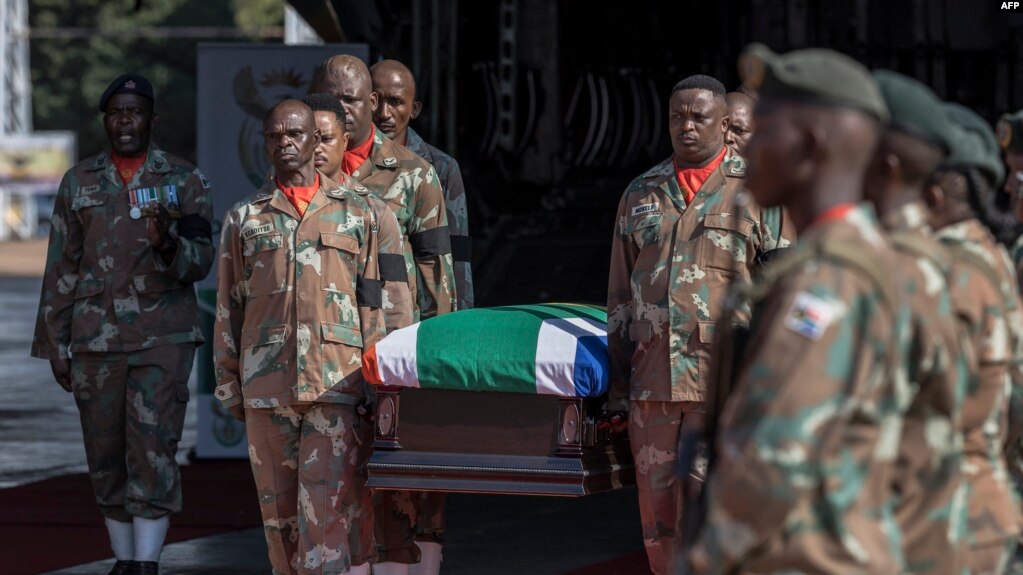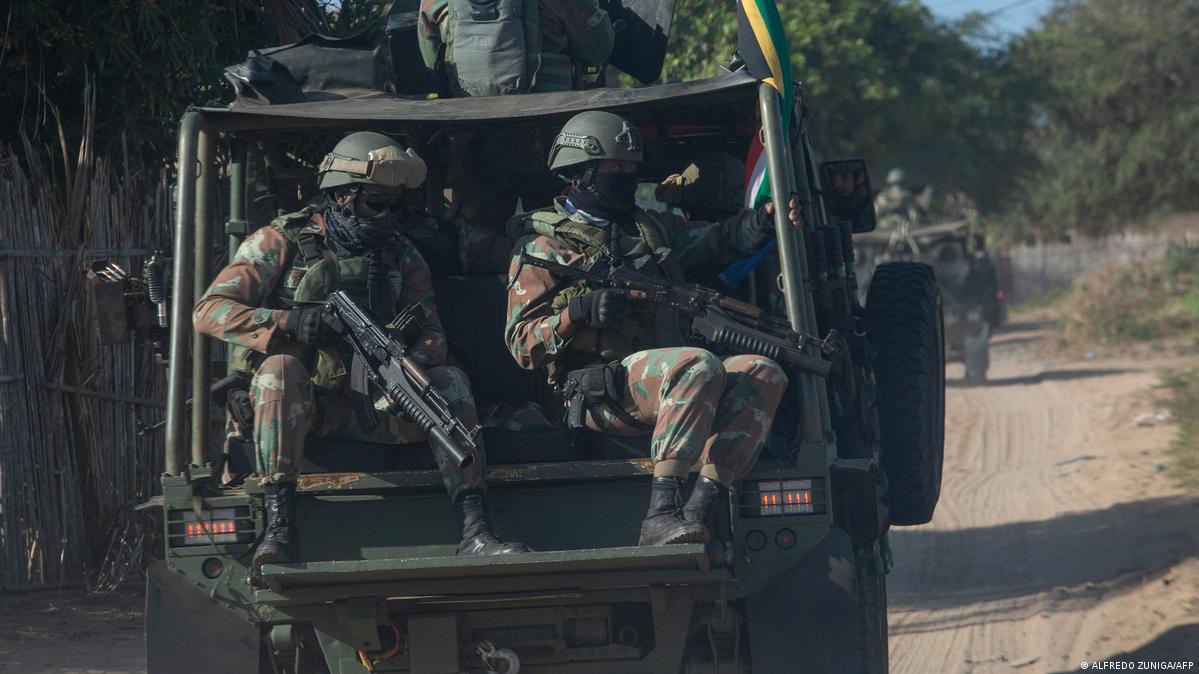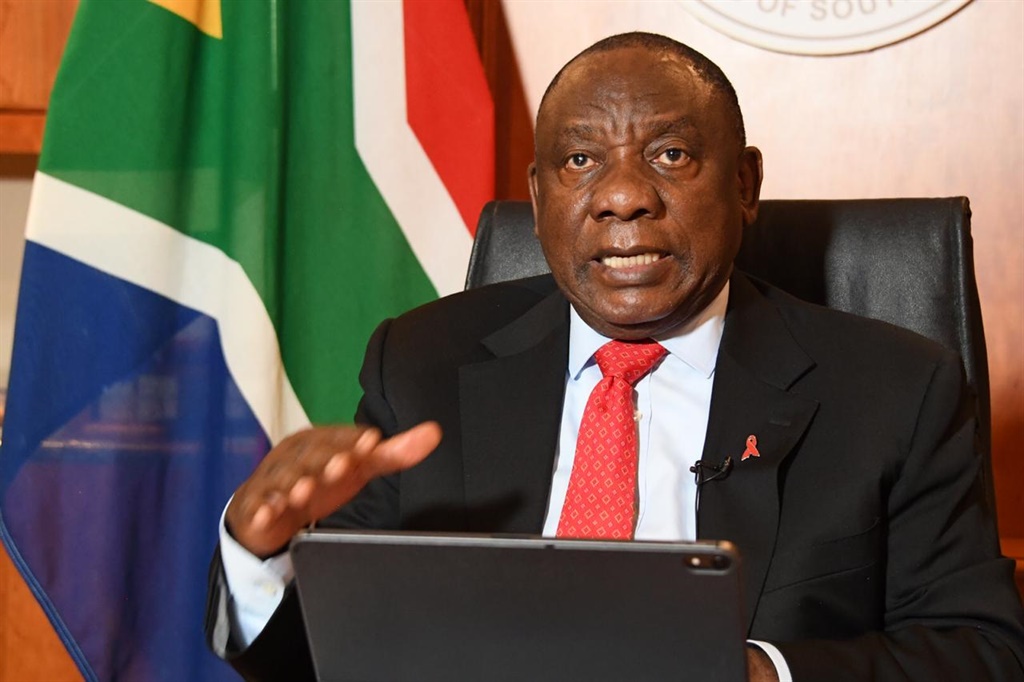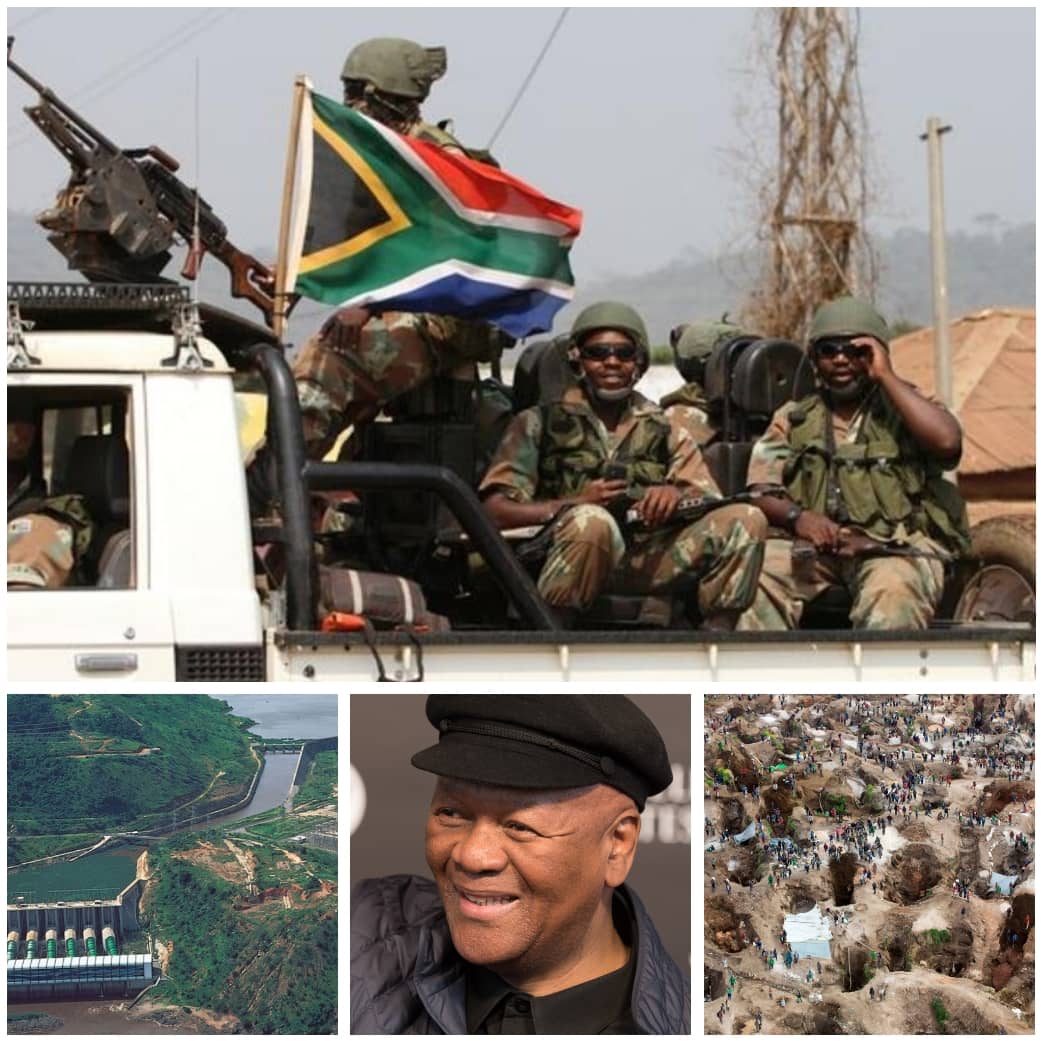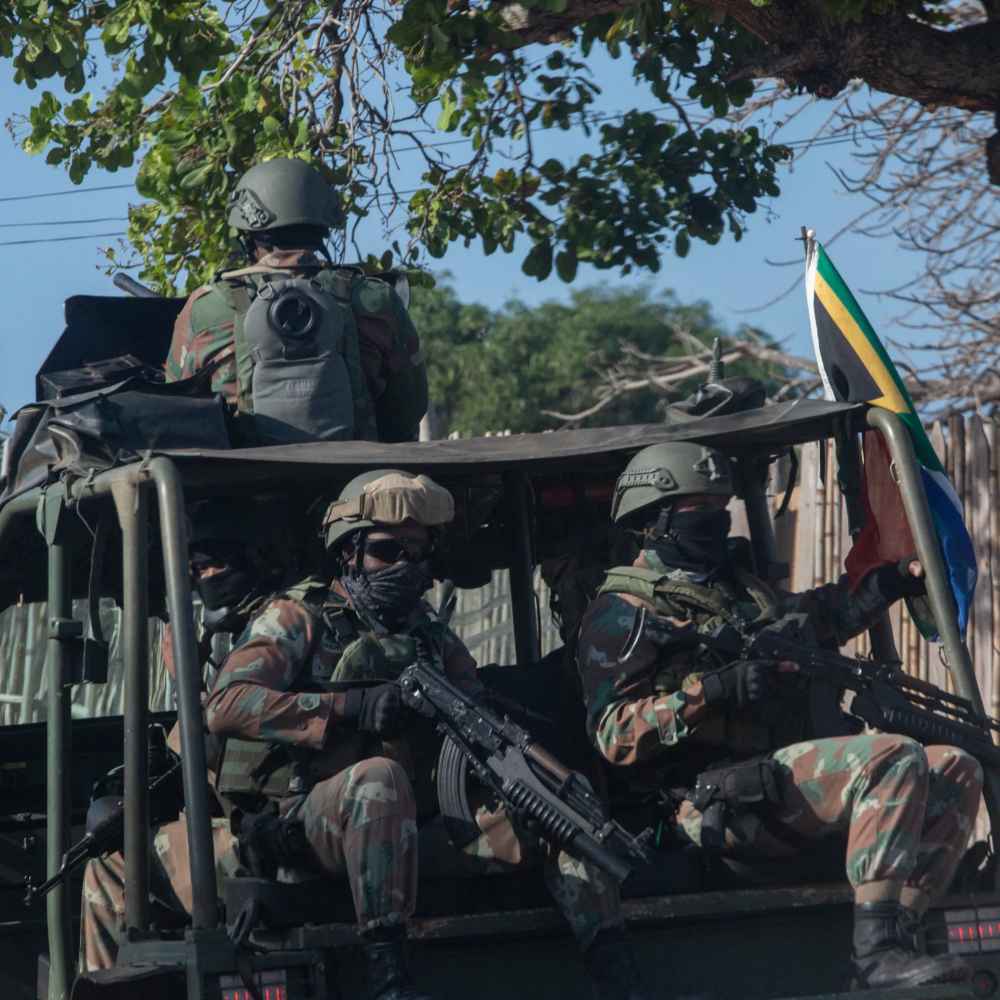International
Seokolo parliament half-truth on South Africa’s troop deployment to DRC
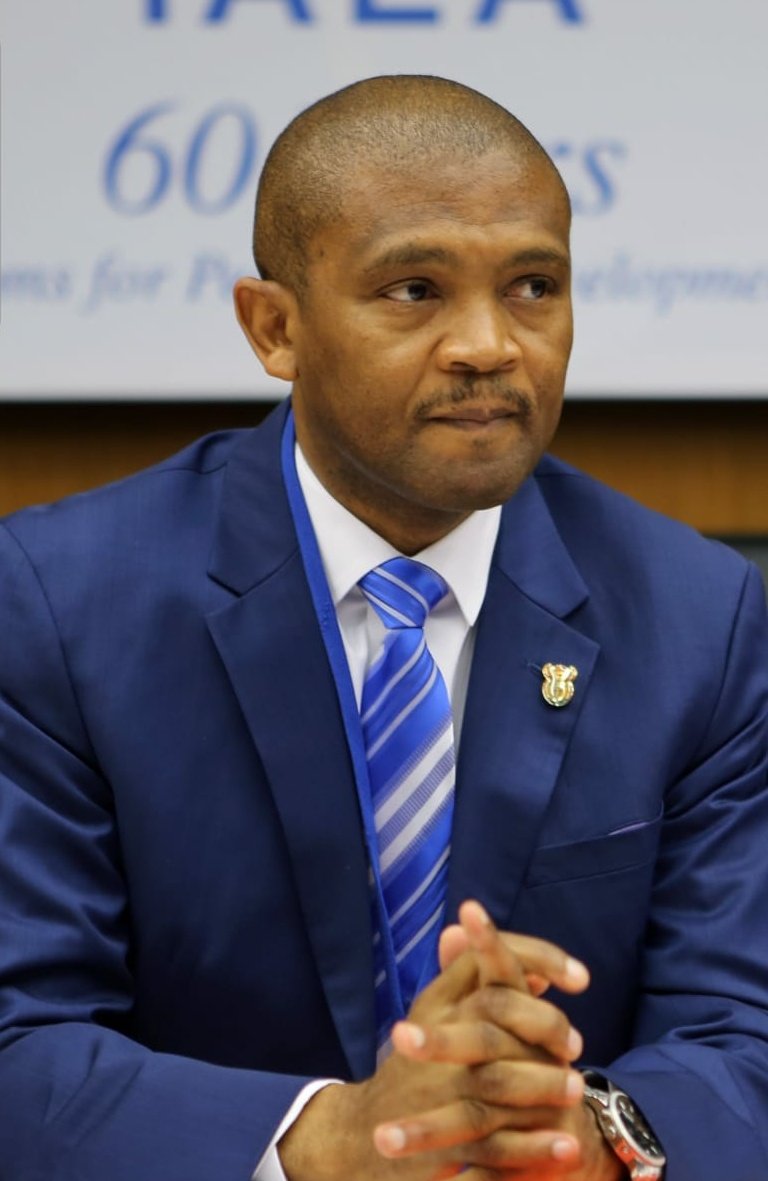
Department of International Relations and Cooperation's Acting Deputy Director-General Amb. Tebogo Seokolo.
Since
President Cyril Ramaphosa’s government has no explanation for the controversial
troop deployment to the Democratic
Republic of Congo, the Department of International Relations and Cooperation's
Acting Deputy Director-General, Amb. Tebogo Seokolo, told Parliament that South
Africa National Defence Force (SANDF) is protecting the country’s interests in
DRC.
Seokolo
claimed that South Africa sent troops to eastern DRC in accordance to its
foreign policy objective to contribute to peace and stability in the region,
the SADC Regional Indicative Strategic Development Plan (RISDP) Foundation of
Peace and Security, the AU flagship priority to silence the guns and
implementation of the Aspiration 4 of the Agenda 2063 – a peaceful and secure
Africa.
But
Seokolo’s presentations have a loophole. The regional bloc intervenes when a
member state faces external aggression. The escalating conflict in eastern DRC
is an internal problem between Congolese people.
The
M23 rebellion, before the introduction of a larger politico-military movement
known as the Aliance Fleuve Congo (AFC) coalition about seven months ago,
battled the Congolese government coalition, to protect persecuted communities
in the east of the country as well as establish law and order in the poorly governed
country.
Seokolo
should have told Parliament that sending troops to DRC to fight the M23 rebels
is akin to an African country providing support to the Apartheid regime in
South Africa. There is no reasonable explanations for sending forces to open
fire on people who are fighting for their rights in their motherland.
South
Africa has more than 3,000 in the nearly 5,000 SADC troops deployed to eastern
DRC since December 2023. They joined the Burundian army, Eastern European and
American mercenaries, and a myriad of militias grouped in Wazalendo, the FDLR
genocidal militia from Rwanda, and the Congolese national army, to fight the
M23 rebels.
According
to DIRCO, South Africa invested in several DRC sectors including financial
services, mining, and construction. But this can never justify Pretoria’s troop
deployment to DRC. The US, China, Belgium, and Kenya, among many other
countries with companies operating in different regions of DRC, never sent
troops to fight M23. They understand that the internal problems of DRC will be
solved internally, through and by a political approach.
The
SADC’s offensive mission, which South Africa is a part of, contradicts the
Nairobi and Luanda peace processes initiated by regional leaders to resolve the
conflict in DRC politically since a military approach failed to bring peace and
stability.
It is
paradoxical how Seokolo defended South Africa’s troops deployment to DRC, and
then told Parliament that “military deployment will not bring a lasting
solution”, emphasizing that “initiated diplomatic processes must be supported.”
Sources say that SANDF’s deployment to eastern DRC was Ramaphosa’s plan to please Congolese counterpart Felix Tshisekedi, so that the former’s family gains full access to the lucrative Rubaya mines in the area.



